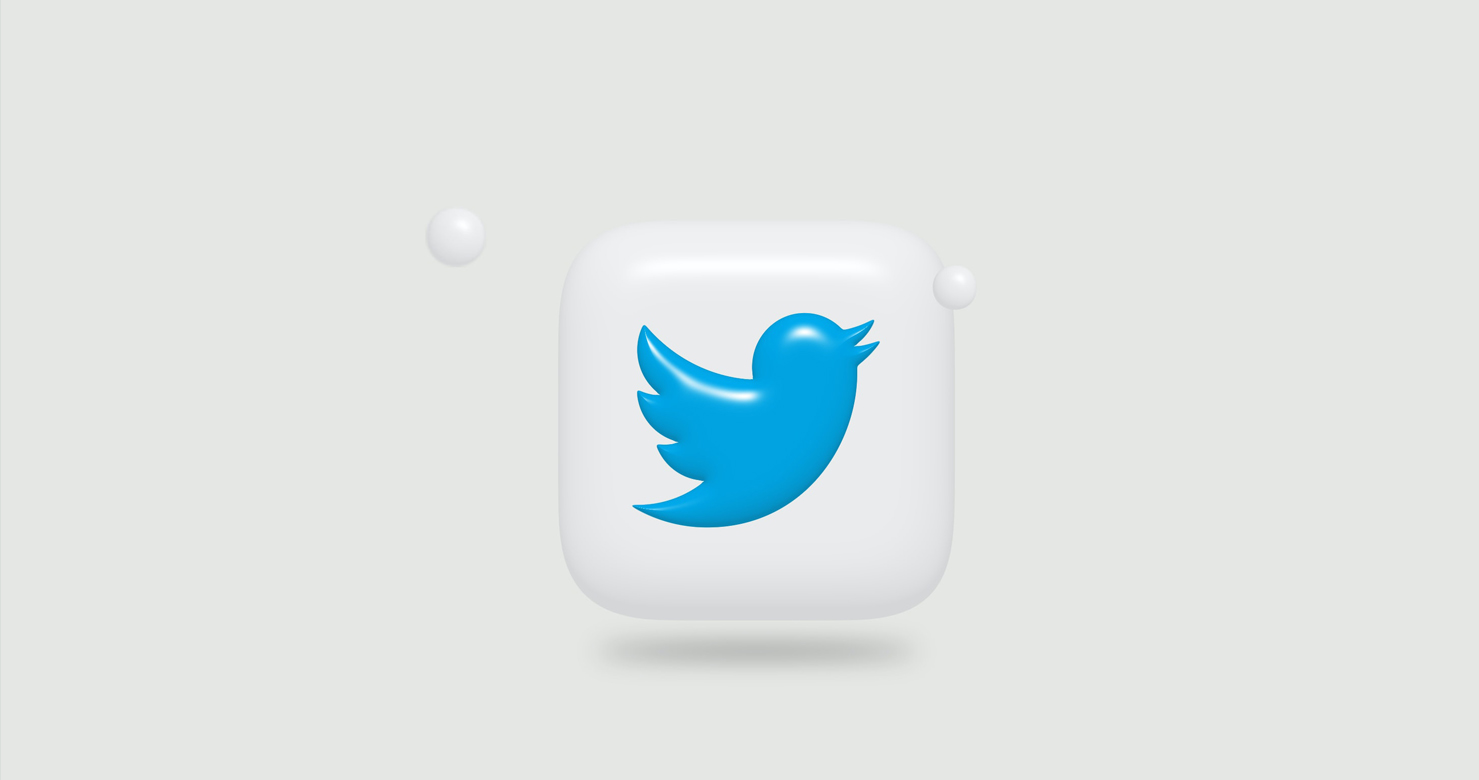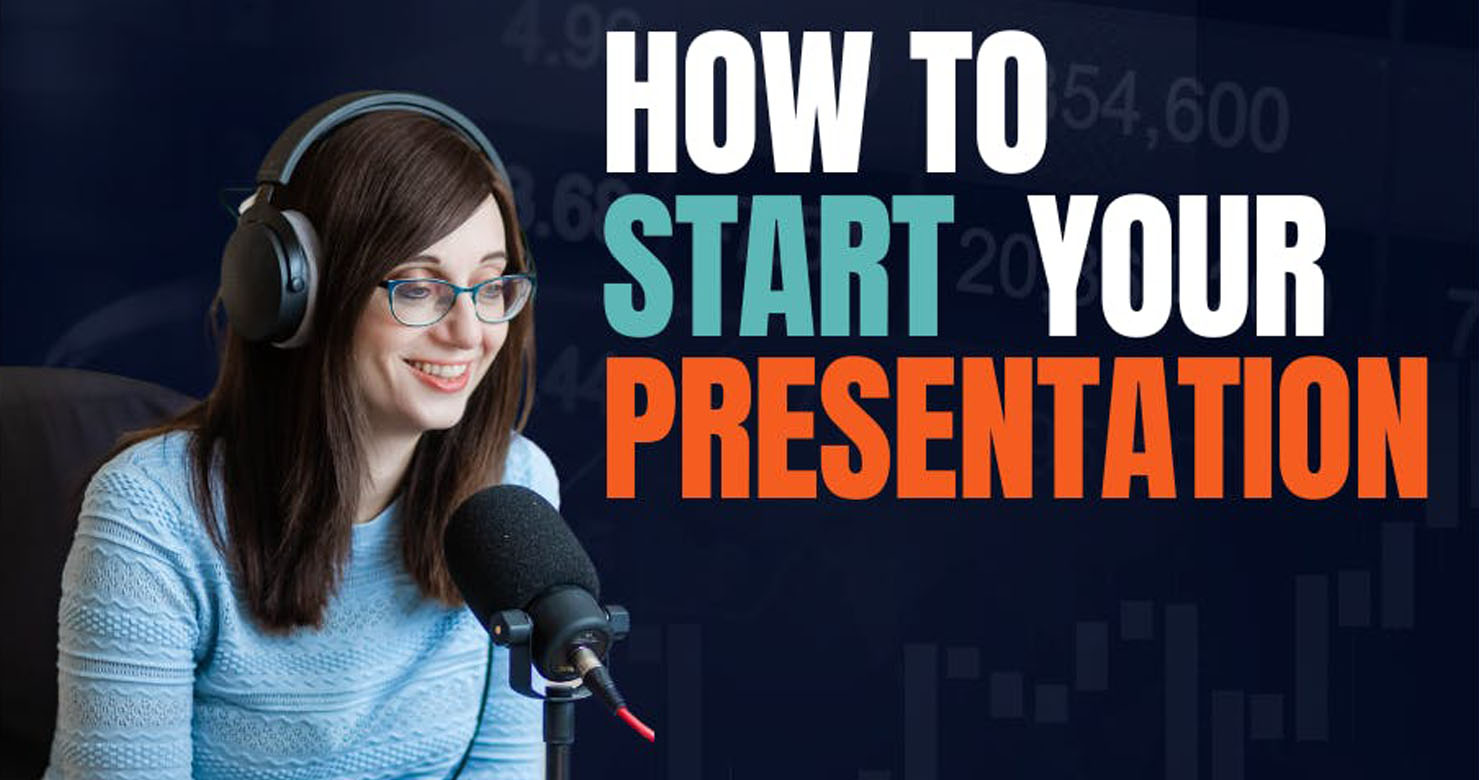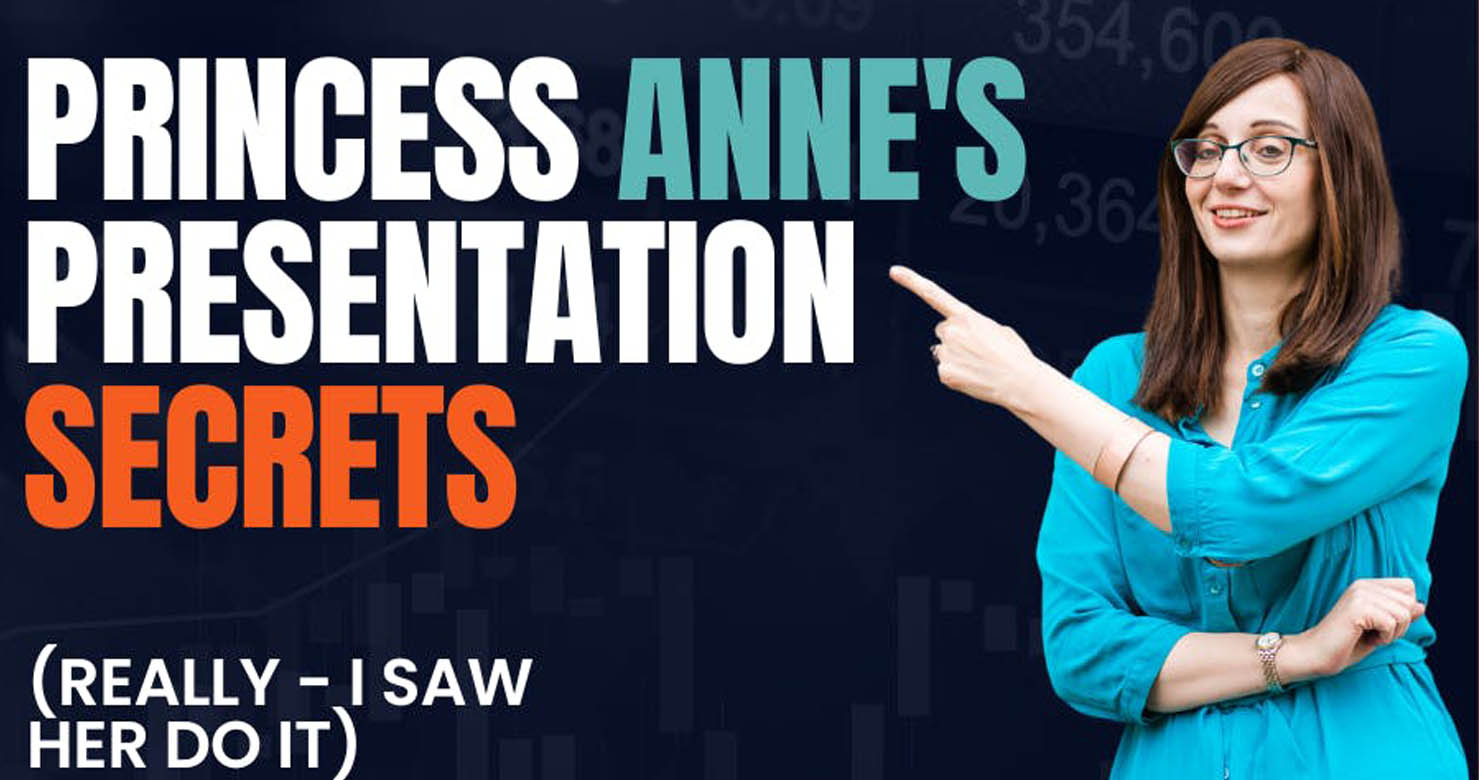
Twitter threads are a critical step in growing your audience. You can use them to grow followers, build authority, and take a deeper dive into a topic.
Your Twitter thread will suck without a killer hook.
The hook is the most important part.
It makes the reader stop scrolling and read on.
Here are 7 of the best hooks to help your thread get the attention it deserves:
1: Make it attention-grabbing.
A good thread hook should be:
- scroll-stopping
- relevant
- concise
Grab the reader’s attention.
Make them want to read more.
See this by Dan Go:
If you want to get in the best shape of your life by 2023 read this:
— Dan Go (@FitFounder) December 10, 2022
2: Be clear about who it’s for.
Make sure your hook is relevant to your audience.
If they read the hook, they need to know the thread is for them.
That compels them to read on.
See this by Jesse Pujji:
I asked 30 Shopify store owners making $2,000,000+
"What’s one Shopify App you can't live without?"
Here are the 10 apps every Shopify store must know 👇🏽👇🏽👇🏽
— Jesse Pujji (@jspujji) April 22, 2022
3: Keep it brief.
A good hook should be short and to the point.
Too long and you’ll lose their interest.
Don’t flood them with information.
See this by @KateBour:
How I made $14,950 in 57 minutes with 2 emails and a Google Doc:
— Katelyn Bourgoin (@KateBour) January 1, 2023
4: Use strong visuals.
A compelling image can be a scroll-stopper.
Make sure the visual is:
- relevant to your hook
- supports your message
See this by Sahil Bloom:
How to live a life of happiness.
The Surfer Mentality: pic.twitter.com/9dXBMYcB24
— Sahil Bloom (@SahilBloom) January 8, 2023
5: Do the unexpected.
Break the mould to get your reader’s attention:
- Humor
- Surprise
- Irreverence
See this by Dan Koe:
How to do whatever the fuck you want:
— DAN KOE (@thedankoe) January 3, 2023
6: Make your audience feel something.
Emotion wins.
- Curiosity
- Excitement
- Frustration
- Anger
An emotional hook makes you want to read on.
Like this by Matt Gray:
10 secrets to become mentally unbreakable:
— MATT GRAY (@matt_gray_) November 17, 2022
7: Deliver on the promise.
It’s clickbait if it doesn’t deliver. Avoid this like the plague.
Clickbait leaves your audience disappointed.
So make sure your thread follows through on the promise.
- Practical tips
- Examples
- Systems
See this beauty by Wes Kao:
Most people suck at managing up.
They waste their boss’ time with too much (or too little) information.
Here’s how to give the right amount of context:
— Wes Kao 🏛 (@wes_kao) March 20, 2022




